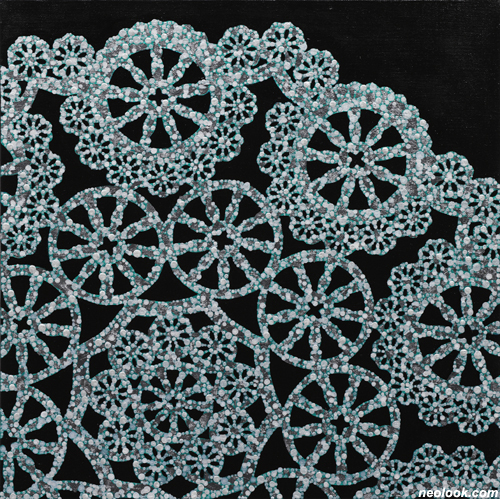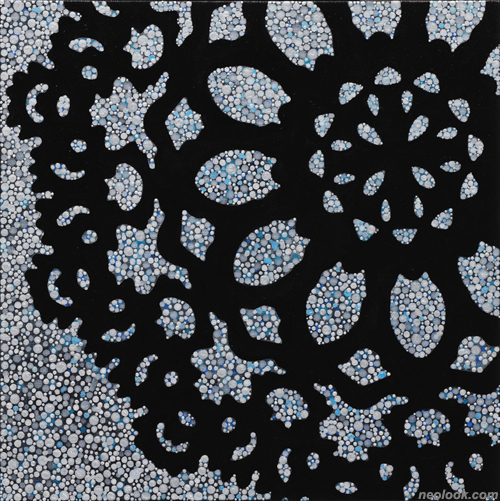- ● homepage
- ● archives
- ● restoration
- ● books
- ● big banners
- ● post board
- ■ neo's search
- ■ about us
- ■ 게재방법 안내
- 개인정보처리방침

- [email protected]
- Tel. 02_335_7922
- Fax. 02_335_7929
- 10:00am~04:30pm
- 월요일~금요일
- 3/3(월) 대체공휴일

사이에서 헤매다. Floating Between
안세은展 / ANSEEUN / 安世恩 / painting 2012_0702 ▶ 2012_0715
● 위 이미지를 클릭하면 네오룩 아카이브 Vol.20100611e | 안세은展으로 갑니다.
초대일시 / 2012_0705_목요일_06:00pm
관람시간 / 월~금요일_10:00am~07:00pm / 토~일요일_02:00pm~07:00pm
오리엔탈 비자트 Oriental VisArt Geneva 14, Etienne-Dumont, 1204 Geneva-CH, Switzerland www.oriental-visart.ch orientalvisart.wordpress.com twitter.com/oriental_visart
sascha gianella art contemporain-Floating Between ● Oriental VisArt is pleased to announce Floating Between, an exhibition of works by Korean artist Se-Eun An for the first time in Switzerland. ● Modernisation is a concept in the sphere of the social sciences that refers to the process in which a society goes through industrialisation, urbanisation and other social changes that completely transform the lives of individuals. The concept of modernisation, as described in social evolution theories, comes from a view of societies as having a standard evolutionary pattern. According to this each society would evolve inexorably from barbarism to greater levels of development and civilisation. The more modern states would be wealthy and powerful, and their citizens would be freer and have a higher standard of living. This was the standard view for many decades – its foremost advocate being Talcott Parsons. (What are the effects of modernisation? 3 Sep 2007 wiki.answers.com/Q/What_are_the_effects_of_modernization#ixzz1x6fO2kIs) ● This theory states that when modernisation increases within a society, the individual becomes that much more important, eventually replacing the family or community as the fundamental unit of society. (www.britannica.com/EBchecked/topic/387301/modernization) Instead of being dominated by tradition, societies undergoing the process of modernisation typically arrive at governance dictated by abstract principles. Traditional religious beliefs and cultural traits usually become less important and modern societies start to homogenise. (McGregor, Dr Sue, Features of Consumer Society, www.consultmcgregor.com/documents/resources/features_of_consumer_society.pdf)

- 안세은_사이에서 헤매다展_오리엔탈 비자트_2012
『Floating Between』is what Se-Eun An considers her permanent state of mind in this modern world full of ambiguity. We must wander through a constant stream of information, clusters of interrelated attitudes and values that are of a single piece. One buys what the world calls development in wholesale lots rather than by the single item. This is not to say that a people on the path to development are doomed to become carbon copies of the industrialised nations of the world. They have real choices. But each choice made entails various other elements implicit in and related to the first, although they may not be perceived as such at the outset. The artist is bereft and confused by her choices, a constant floating between this and that, here and there, the ideal and reality, the moment and eternity, life and death, inside and outside, optimism and pessimism, reason and emotion. ● An's media are disposable, unimportant and trifling objects such as the one cent coin, paper doilies, mirrors, bottle caps and newspaper. These objects represent for her alter egos of ourselves. Her use of doilies in her installations belie an object of precision and beauty, yet expendable and superfluous. It's existence here does not make any difference. ● For An, most situations in life are not black and white but grey. This is reflected in the muted palette she chooses where although her surfaces reflect flecks of pretty colour and gold leaf, her technique of painstakingly applying miniscule dots side by side to outline the decorative patterns of single-use paper doilies tones down the overall colour, giving effect instead to the stark contrast of the black or white outlines of the doily itself. But the works are far from gloomy. The use of gold leaf to the surface in emphasises the preciousness of each doily and also its delicate nature.

- 안세은_Floating Between_캔버스에 아크릴채색_50×50cm_2012

- 안세은_사이에서 헤매다展_오리엔탈 비자트_2012
The ornamental nature of An's work is derived from her upbringing with an architect father and an artisan mother specialising in the traditional Korean knot (Maedup, 매듭). Traditional knots in Korea have been used for various purposes throughout history including for hunting, decoration and clothing. Its usage was first only limited to the royal families and later spread to common people. Whilst Korea was under Japanese rule from 1910-1945, the demand for knots was so high that it was commercialised to the public. However, during this same period of Japanese colonisation there were policies to obliterate Korean culture along with the surge of Western culture into the Korean peninsula. The number of types of basic Korean knots is around 30, however combined with knots that now derived from other cultures, the number is endless. The number of dots, not unlike knots, on the surfaces of An's work are also uncountable, random yet applied to the surface with machine-like precision, no dot jostling another, man-made, fabricated, reproduced and lifeless, despite their unifying beauty. ● An derives much pleasure from the creation of her work despite her craft being labour intensive and time-consuming. Her site specific wall work of thousands of pieces of mirror demands physical presence, patience and commitment from the artist during installation, yet it is a space that she enjoys – a meditative state within which she allows herself to appreciate the precious value of a moment of pleasure and transience of life. In a similar fate to the doily, her installation is also a one-off, and will come down, with all its pieces, glimmering in all its glory, trivialised, speaking of tomorrow without knowing it dies today.

- 안세은_Floating Between_캔버스에 아크릴채색_50×50cm_2012
I am a common disposable, a small, trivial one cent coin, a newspaper read once and tossed. (Excerpt taken from Se-Eun An's Artist Statement, June 2012) ● Se-Eun An was born in 1971 in Seoul, Korea. She completed her Bachelor of Fine Arts and a Master of Fine Arts (MFA) in Western Painting at Ewha Women's University in Seoul before relocating to New York and completing an MFA in New Forms in 2000. An's work has been included in numerous group and solo exhibitions the US, Europe and Asia, and she has taught in Asia. An currently resides in Geneva, Switzerland.(June, 2012) ■ Sascha Gianella
Vol.20120702i | 안세은展 / ANSEEUN / 安世恩 / painting

